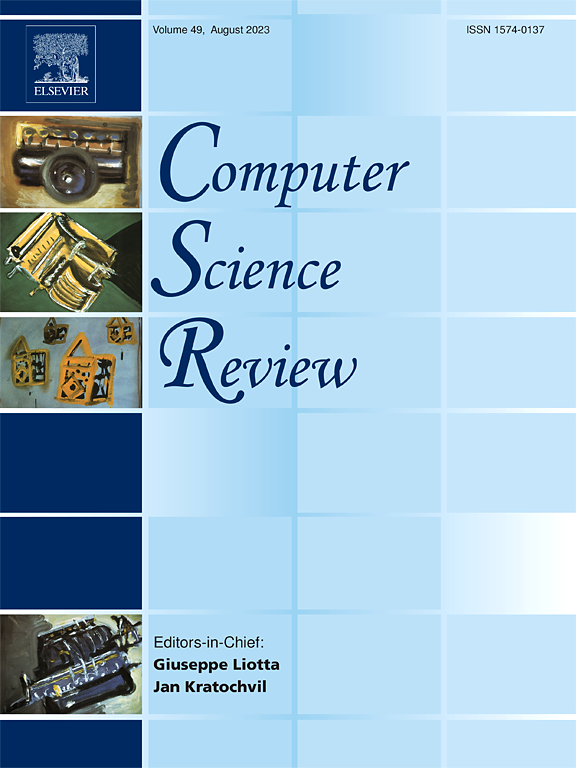顺序推荐系统:方法分类与研究前沿
IF 12.7
1区 计算机科学
Q1 COMPUTER SCIENCE, INFORMATION SYSTEMS
引用次数: 0
摘要
在信息过载的时代,顺序推荐系统已经成为通过动态行为模式挖掘来建模用户偏好的关键工具。这些系统通过显式地建模用户-物品交互、偏好演变和上下文动态中的时间依赖性,超越了传统的推荐范例。本研究通过四个分析维度提出了顺序推荐系统的方法结构化分类法:(1)顺序建模,包括从统计技术到深度学习架构的方法,以理解用户行为模式;(2)时间动态建模,包括时间感知协同滤波和深度时间建模;(3)网络增强建模,利用图神经网络、异构图、动态图和超图来探索结构依赖关系;(4)稳健表示学习,包括由大型语言模型(llm)驱动的对比机制和技术。这些算法关注顺序推荐的不同方面,包括但不限于捕获动态兴趣、建模长期和短期偏好,以及解决数据稀疏性、噪声和偏差等问题,这些问题会影响推荐系统在实际应用中的性能和用户体验。在此基础上,对未来的研究方向进行了总结和讨论,以提供理论和方法上的见解。构建的分类法不仅组织了现有的方法创新,而且揭示了当前评估协议的基本局限性,为推进该领域的理论基础和实际应用提供了路线图。本文章由计算机程序翻译,如有差异,请以英文原文为准。
Sequential recommender systems: A methodological taxonomy and research frontiers
In the era of information overload, sequential recommender systems have emerged as pivotal tools for modeling user preferences through dynamic behavioral pattern mining. These systems transcend conventional recommendation paradigms by explicitly modeling temporal dependencies in user–item interactions, preference evolution, and contextual dynamics. This study presents a methodologically structured taxonomy of sequential recommender systems through four analytical dimensions: (1) Sequential Modeling, which includes methods ranging from statistical techniques to deep learning architectures to understand user behavior patterns; (2) Temporal Dynamics Modeling, which involves time-aware collaborative filtering and deep temporal modeling; (3) Network-Enhanced Modeling, which leverages graph neural networks, heterogeneous graphs, dynamic graphs, and hypergraphs to explore structural dependencies; and (4) Robust Representation Learning, which encompasses contrastive mechanisms and techniques driven by large language models (LLMs). These algorithms focus on different aspects of sequential recommendation, including but not limited to capturing dynamic interests, modeling long- and short-term preferences, and addressing issues such as data sparsity, noise, and bias, which affect the performance and user experience of recommender systems in practical applications. Furthermore, we summarize and discuss promising future research directions to provide theoretical and methodological insights. The constructed taxonomy not only organizes existing methodological innovations, but also reveals fundamental limitations in current evaluation protocols, providing a roadmap for advancing both theoretical foundations and practical applications in this domain.
求助全文
通过发布文献求助,成功后即可免费获取论文全文。
去求助
来源期刊

Computer Science Review
Computer Science-General Computer Science
CiteScore
32.70
自引率
0.00%
发文量
26
审稿时长
51 days
期刊介绍:
Computer Science Review, a publication dedicated to research surveys and expository overviews of open problems in computer science, targets a broad audience within the field seeking comprehensive insights into the latest developments. The journal welcomes articles from various fields as long as their content impacts the advancement of computer science. In particular, articles that review the application of well-known Computer Science methods to other areas are in scope only if these articles advance the fundamental understanding of those methods.
 求助内容:
求助内容: 应助结果提醒方式:
应助结果提醒方式:


